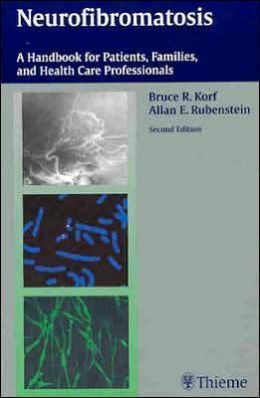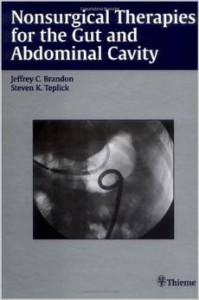-79%
Understanding the Impact and Advancements in Total Joint Replacement
Total joint replacement (TJR) has emerged as a transformative procedure that alleviates pain and restores mobility, ultimately enhancing the well-being of patients across different age demographics, including the elderly. This transformative intervention has witnessed a surge in utilization, prompting a comprehensive review of crucial aspects surrounding its application.
Patient Satisfaction and Reported Outcomes
Patient contentment plays a pivotal role in assessing the efficacy of TJR. Extensive research has consistently indicated high levels of satisfaction among patients who have undergone this procedure. They report significant reductions in pain, improved functional capacity, and a consequential enhancement in their overall quality of life. These positive outcomes underscore the profound impact that TJR can have on patients’ physical and emotional well-being.
Rehabilitation after TJR
Post-surgical rehabilitation is an essential phase in the TJR journey. Structured rehabilitation protocols aim to guide patients through a series of exercises and movements designed to regain range of motion, strengthen muscles, and improve overall joint function. Regular adherence to these rehabilitation programs is crucial for maximizing the long-term benefits of TJR, ensuring that patients achieve optimal mobility and pain relief.
Minimally Invasive TJR
Technological advancements have paved the way for minimally invasive TJR techniques. These approaches involve smaller incisions, resulting in less surgical trauma and reduced postoperative discomfort. By minimizing tissue damage, minimally invasive TJR promotes expedited recovery, shorter hospital stays, and a swifter return to daily activities.
Peri-operative Complications of TJR
As with any surgical procedure, TJR carries certain risks. Peri-operative complications, which occur around the time of surgery, can include deep vein thrombosis (DVT), bleeding, infection, and nerve damage. While these complications are relatively rare, it is essential for patients to be aware of potential risks and to communicate any concerns or symptoms to their healthcare team promptly.
Conclusion
Total joint replacement has proven to be a highly effective treatment option for individuals suffering from severe joint pain and dysfunction. Its ability to alleviate pain, enhance mobility, and improve overall quality of life has made it a valuable intervention for patients of all ages. With ongoing advances in patient satisfaction, surgical techniques, and rehabilitation protocols, TJR continues to evolve as a safe and reliable option for restoring joint health and function.
maybe you like these too:
- Dannemiller Pain Review Course 2017 (Videos)
- Dannemiller Updates On Pain Review: Conversations with the Experts 2022 (Videos)
- Joint Preserving Surgery of Ankle Osteoarthritis, an Issue of Foot and Ankle Clinics, 1e (The Clinics: Orthopedics)
- Managing Pain in Children: A Clinical Guide for Nurses and Healthcare Professionals, 2e










Reviews
Clear filtersThere are no reviews yet.